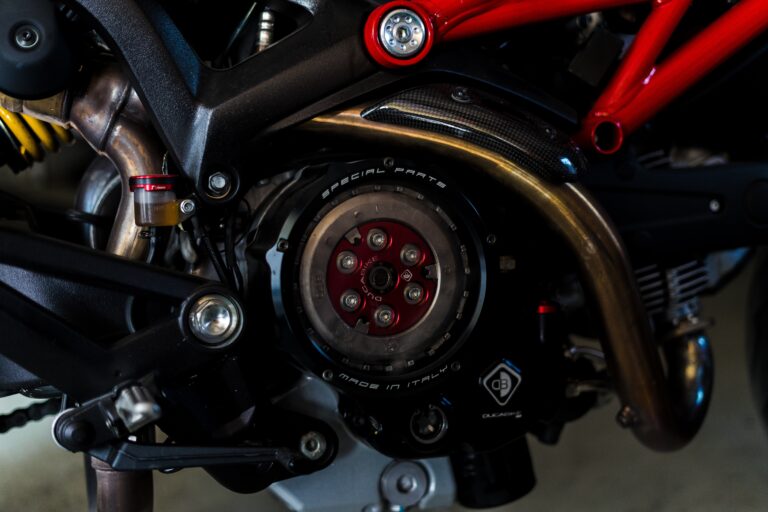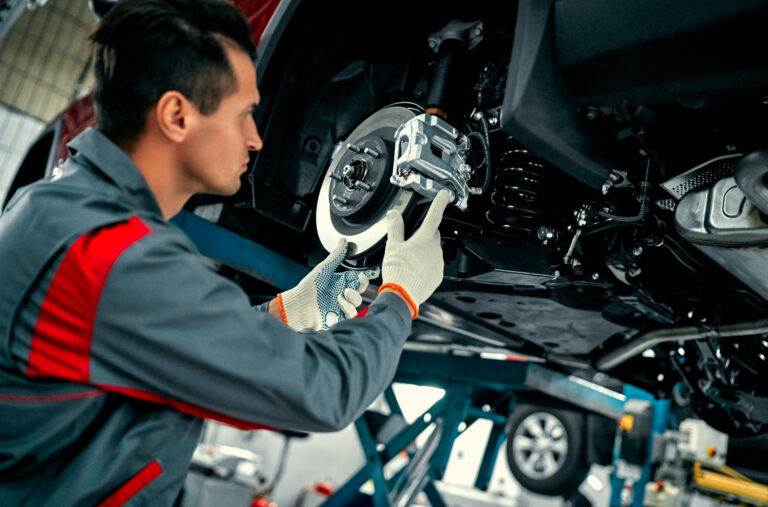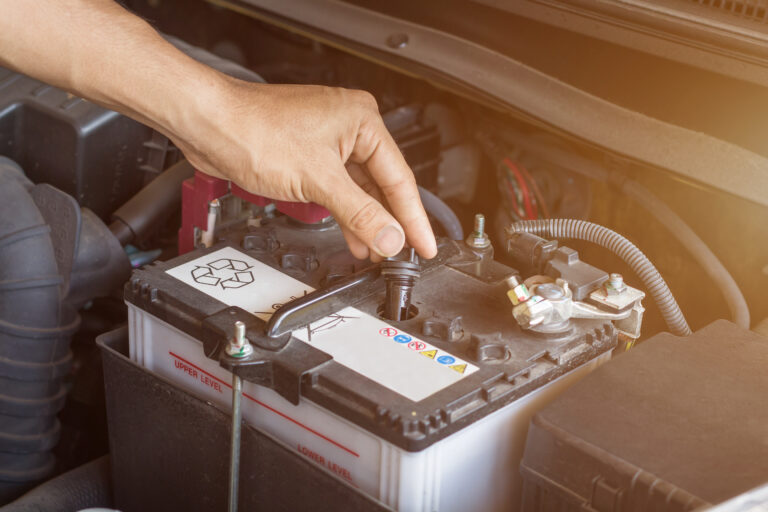Tire shutoff stems are the shutoffs located in an automobile’s wheel where the tires are pumped up from. They consist of a springtime-filled shutoff core that seals itself, using the tire’s atmospheric pressure. Gradually shutoff stems may get old, fracture, end up being breakable, or begin to leak, causing more significant problems with your tire and your driving experience.
When shutoff stems start to leak, the tire will no longer hold air. Relying on the intensity of the leakage, the tire might circulate air slowly, or in much more complicated situations, not keep perspective in all, necessitating replacement of the valve stem.
In many cases, the fastest way to change a shutoff stem is to take it to a tire store and have them get rid of the tire and replace the shutoff stem utilizing the aid of a tired device. Nevertheless, for instances where this is not an option, a tire can be removed, and the shutoff stem transformed manually. In this step-by-step attendant, we will cover how to eliminate a tire from a wheel by hand, making use of a tire iron, to change the shutoff stem.
Part 1 of 1: How to put back a valve stem.
Materials Needed
Air compressor with pipe
Jack
Jack stands
Lug nut wrench
Needle nose pliers
Tire iron
Valve stem removal tool
Action 1: Loosen the lug nuts. Loosen up the lug nuts of the wheel from which the shutoff stem is going to be replaced.
Action 2: Raise the car on jack stands. Establish the parking brake, and afterward elevate the automobile as well as protect it on jack stands.
Step 3: Remove the wheel. Once the car is elevated, please get rid of the wheel and establish its level on the ground with the facade of the wheel facing up.
Step 4: Deflate the tire. Eliminate the cap from the valve stem, and afterward eliminate the shutoff stem core using the shutoff stem elimination tool to launch the air from the wheel.
As soon as the valve stem core is gotten rid of, the tire ought to decrease on its own.
Step 5: Separate the tire’s grain from the wheel. Next, utilize the sledgehammer to damage the tire’s grain without the spin.
Hit the tire’s sidewall using the sledgehammer in the same place until the grain breaks loose.
When the bead breaks loose, you might hear a fracture or standing out sound, as well as you will see the within the lip of the tire noticeably separate from the lip of the wheel.
Once the grain has been damaged, continue around the tire with the sledgehammer until the bead is entirely damaged round the tire.
Step 6: Lift the lip of the tire from the wheel. As soon as the tire’s bead has been damaged, insert your tire iron between the edge of the edge and the within the lip of the tire, and after that, pry upward to drag the lip of the tire over the border of the wheel.
Once you have to tug the tire’s lip above the wheel’s edge, function the tire iron around the edge up until the entire lip of the tire is off the rim.
Step 7: Remove the tire. Get the tire by its eliminated lip and pull it upwards so that the opposite lip on the bottom of the wheel is now affecting the edge’s top edge.
Put the tire iron in between the tire’s lip and the edge of the wheel and tear upwards to pull the lip over the edge of the rim.
As soon as the lip is more than the side of the rim, function the tire iron around the border of the wheel until the tire is removed from the wheel.
Step 8: Remove the shutoff stem. As soon as the tire is gotten rid of from the wheel, eliminate the shutoff stem. Utilize the needle-nose pliers to pull the shutoff stem without the spin.
Step 9: Install the new valve stem. Take your substitute shutoff stem as well as install it from the inside of the wheel. Once it remains in position, use the needle-nose pliers to draw it right into place.
Step 10: Reassemble the tire. Reassemble the tire onto the wheel by pressing it down over the edge till the bottom grain removes the edge.
After that press, the side of the tire down underneath the side of the wheel, put your tire iron in connecting the lip of the wheel and the bead, and then tear the grain over the lip of the wheel.
As soon as the grain removes the lip of the wheel, work your way around the entire wheel until the tire is entirely set up on the wheel.
Step 11: Inflate the tire. Once the tire has been reinstalled onto the wheel, activate the air compressor and pump up the tire to the correct specification.
For most tires, the advised stress is in between 32-35 extra pounds per square inch (psi).
Tip: For even more details regarding inflating a tire, read our write-up “How to Add Air to Your Tires.”
Step 12: Check for leakages. When the tire is appropriately pumped up, check to see that there are no leakages of any kind, and after that, reinstall the tire onto the car and lower it off of the jack stands.
For many instances, the most straightforward course of action to change a valve stem would be to take it to a tire store, have the tire gotten rid of with a device, and afterward have the shutoff replaced.
Nevertheless, in the instances where that is not a choice, a valve stem and even a tire can be gotten rid of and changed by hand with the appropriate tools and the proper treatment. If you find a leakage or damage in the tire and not simply the shutoff stem, you may want to change the tire.







